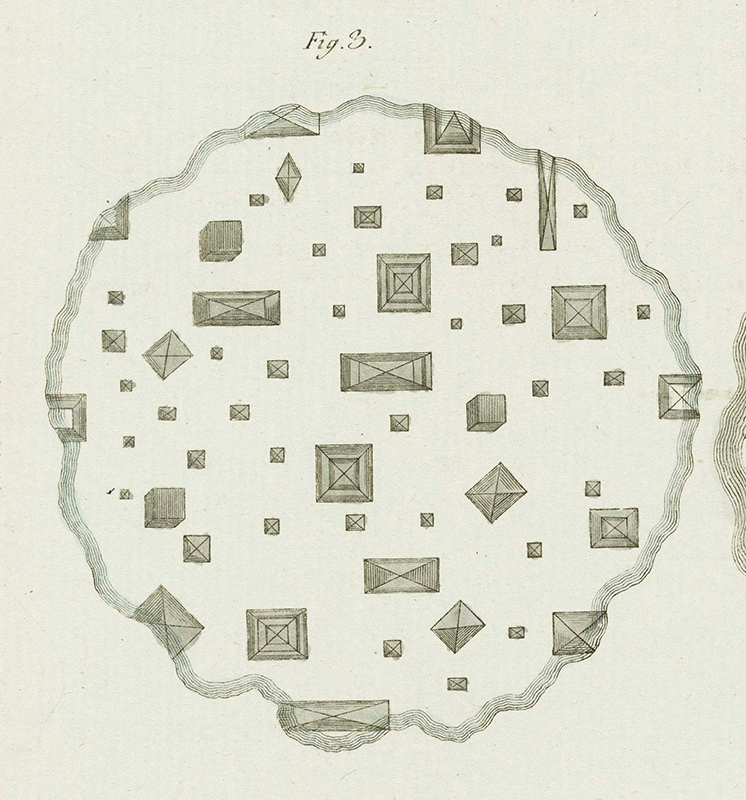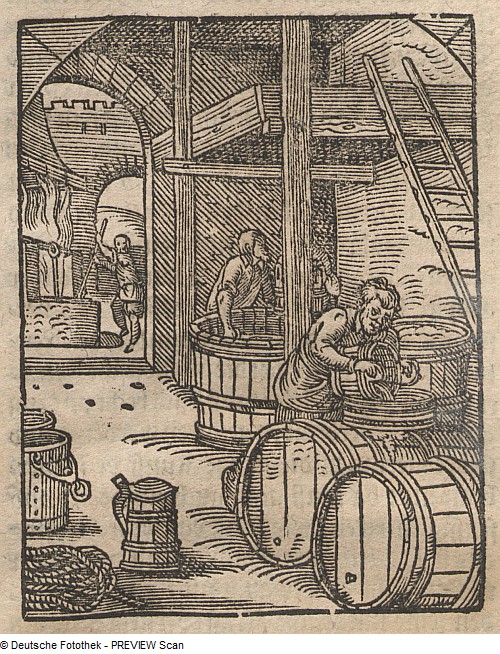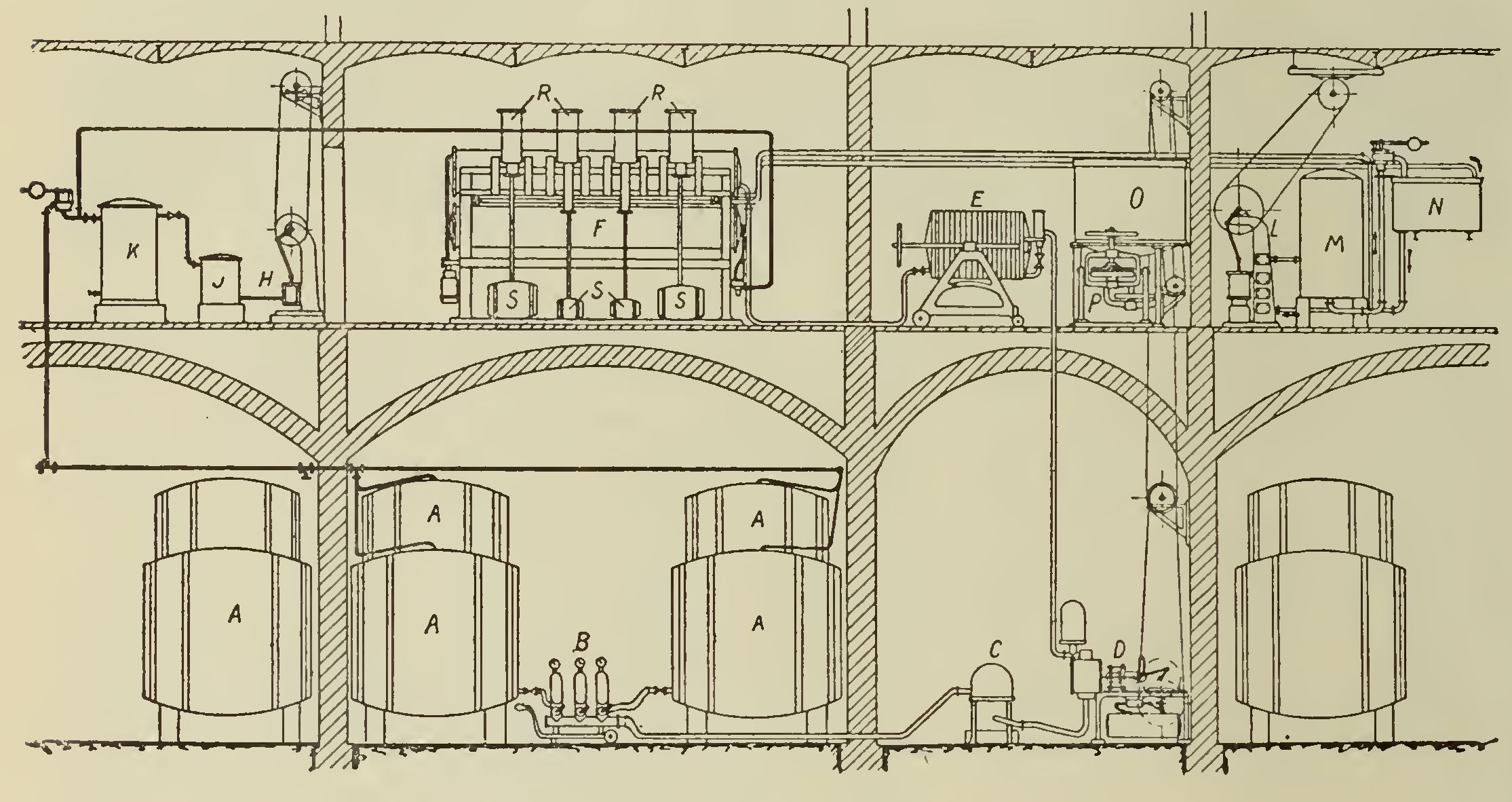I tried to write about that for nearly a year now. I wanted to create a good report about what I did to recreate the Gose from Goslar for Carnival Brettanomyces. Now nearly a year after it here the first part of my report. Many homebrewers and even some upcoming professional brewers have a pretty naive attitude. I am no exception in this. I thought well I go to Goslar and capture some wild yeast and it will work out fine. So I prepared some wort in six mason jars and six tubes, lowered the pH to 4.3 and went up to Goslar. I placed the jars near the river Gose and left them open over night. As protection against[…]
There where some requests on Milk the Funk to create a recipe for a historic Berliner Weisse. So I did my best to create an historical accurate Version with some minor adjustments to bring it in the modern world. Original Gravity: 7.3 Plato (1029 SG) Grain Bill: 70% Wheat Malt 30% Pilsner Malt Hops: 2-7 IBU Hallertau Mittelfrüh Yeast: German Ale / Kölsch (WLP029, Wyeast 1007) Berliner Weisse Brettanomyces (Escarpment Labs) Bacteria: Lactobacillus Brevis (WLP672, OYL-605 etc.) Mashing: 63°C for 60 minutes 72°C for 20 minutes 78°C mash out Directions: For water target roughly 100 ppm Calcium, 50 ppm of Chloride and 100 ppm of Sulfite. Just before mash out draw a thin decoction and boil the hops in it for[…]
For a for now unnamed collaboration I researched and translated some texts about the mashing procedure of Berliner Weissbier. Usually you take 3 parts light wheat malt and 1 part barley malt. From 1 scheffel you make 1 ton (100 quart beer – 117 liter). To 12 Scheffel malt make a pan with 500 quart (590 Liter) extract. 60 quart (70 liter) of water is added to the crushed malt. Enough hot water is added that the mash reaches a temperature of 30°R (38C). The first rest is for half an hour, while the mash is resting 500 quart (590 liter) of water are brought to a boil. After that the boiling water is added to the mash and mixed.[…]
One of the big mysteries surrounding Gose is the water especially the salt in this water. The Version from Leipzig has it since a long time. In most of the historic texts it is the only thing that is added and there are no talks about spices. But how did it come to the addition of salt? Nearly all sources claim that the name for the beer came from the small river that was running through the city of Goslar (called Gose). Also most of the sources say that the beer was brewed from the water of this river. For my recreation I visited the city of Goslar and placed several yeast capture vessels alongside this river. River is a[…]
In old times there where several ways how work with yeast. Some where repitching their yeast on and on and got some really stable cultures (kveik), some of them where drying them on wood to prolong shelf live. Besides pitching it again and again you could also buy yeast in the 17th century from other breweries. So it is quite odd that Goslar still where fermenting their beer spontaneous without adding yeast. Here are some sources that state that Gose was produced without adding Yeast: Goslarsche Zeitung 1882 Since the beer was not inoculated, the fermentation happened by itself or a thick layer of mold developed. The thicker the leather like skin was the better the beer was keeping since[…]
The next one is one of the biggest sources I found beside a book about the brewing history of Goslar. The source for this one is a Goslar newspaper from 1882 and was written in 1869. A fellow homebrewer posted this on his website. In order to preserve the brewing practise of the Goslarsche Gose I take the opportunity to document it. Over 40 years the brewing practise of the Gose was not observed and only a few persons know about it. In order to explain it some details have to be mentioned before. As you know there are 301 sanctioned brewing entities in Goslar. In old times the same amount of brewhouses where there. In the year 1790 there[…]
This recipe is from “Journal von und für Deutschland” from Sigmund Bibra written in 1791. Since it is prepared so differently the making of the Gose deserves some comment. The grain used is solely wheat and the more pure, plump and beatiful the better the malt and beer will get. The amount should never be under three and a half Wispel. In order to tame the sweetness of the wheat and to prevent the beer from getting sour some Scheffel of Hops should be added. The malt is never kilned but germinated and dried under the free air. It need a lot of care to create the malt always in the same quality. The owner has to watch it day[…]
The next recipe I found earlier but it references the first recipe before. It was published in the Book: “Die Naturgeschichte und Bergwerksverfassung des Ober-Harzes” from Johann Friedrich Zückert written in 1762. Übersetzung Rezept White beer is brewed on other places and these are called Gose. These should be called wrong Gose because they are not brewed with the Gose water and are not able to come near the Gose from Goslar in taste and quality. The real gose, that is better then those false gose, is unknown to most people since it is hard to transport. I dont want to overpraise this admirable wheat beer. It deserves however that I describe it’s character and the way it is prepared.[…]
From the book Cervisia Goslariensi (1735) which is by the way nearly impossible to find via google … I got the following Recipe: The beer from goslar is prepared as following: The malt is weighed and thrown and well sieved that it is clear, after that clear water water will be added. After the malt is dry or damp and therefore is lauter malt a sample needs to be send to the to the brewing office in order to check it. To beginn with the 4 pans (which are more like brew kettles) are filled with hot water. On every pan there is added some milled grain. From these, two will be added to the mash tun (mast bütte) together with[…]
While I’m searching for Gose and Berliner Weisse in old Books I’m finding also references to other beer styles that I really like, one of them is Lichtenhainer. In a nice book called “Enzyklopädie der technischen Chemie” from 1915 I found some nice info about Lichtenhainer. (This info & data is based on analyses and observations around 1910 so it could all been different 100 years ago) Lichtenhainer beer is a slight sour, pale beer tasting smokey. It is similar to the Berliner Weisse but has a low level of carbonation. It is produced from smoked barley malt and gets is slightly sour taste not from the main fermentation but develops afterwards through an infection with lactic acid bacteria. These Bacteria[…]






